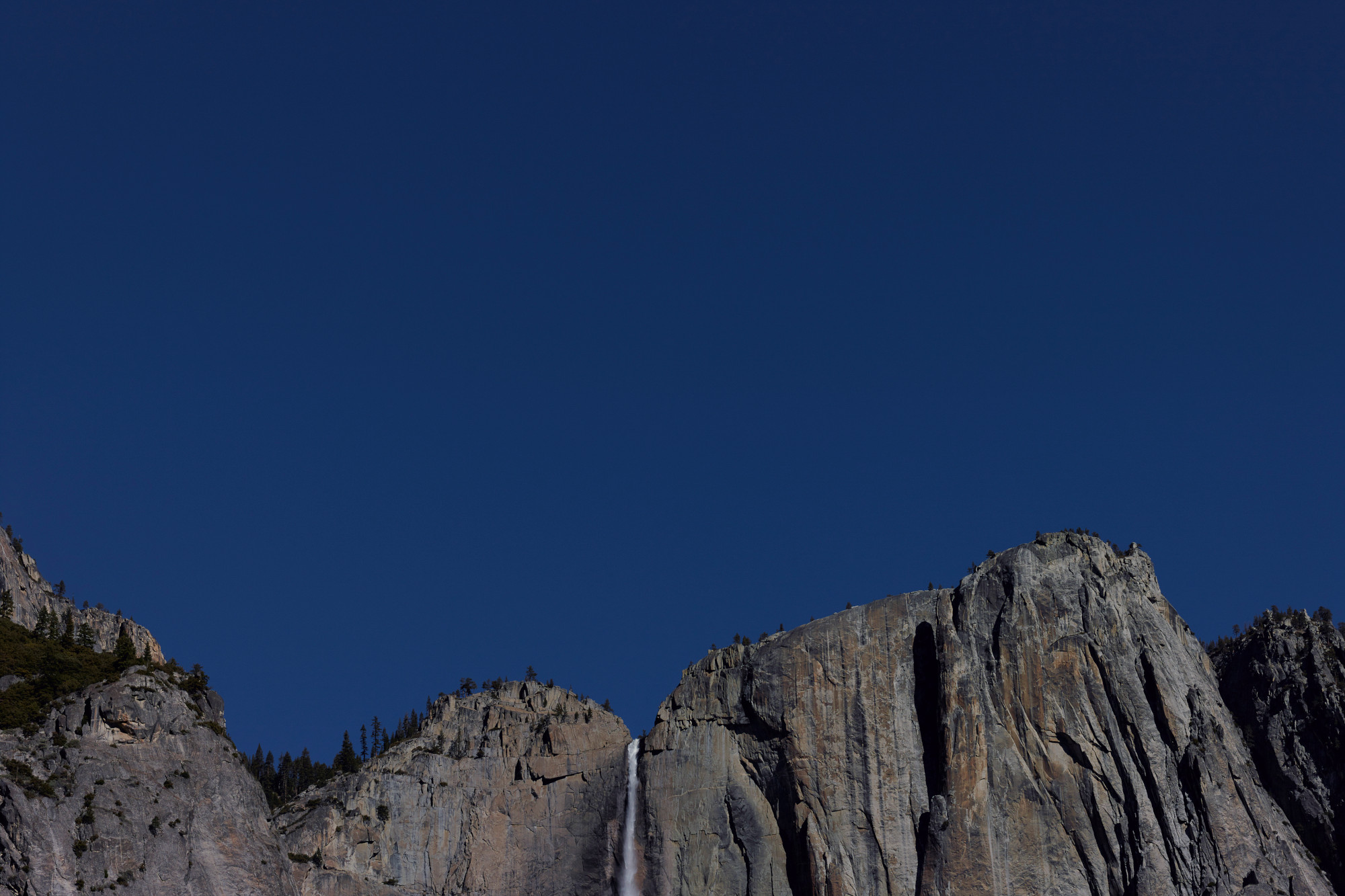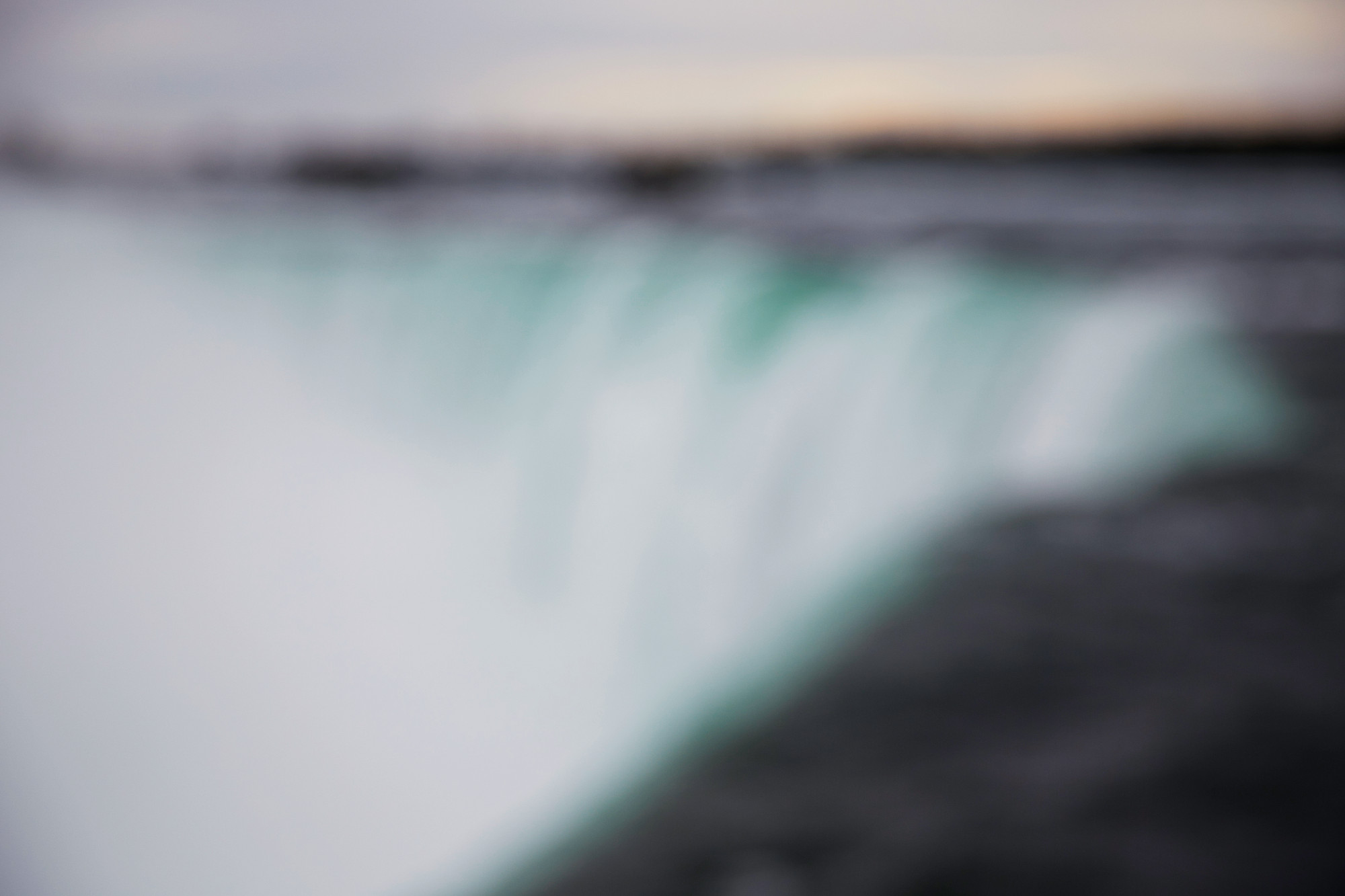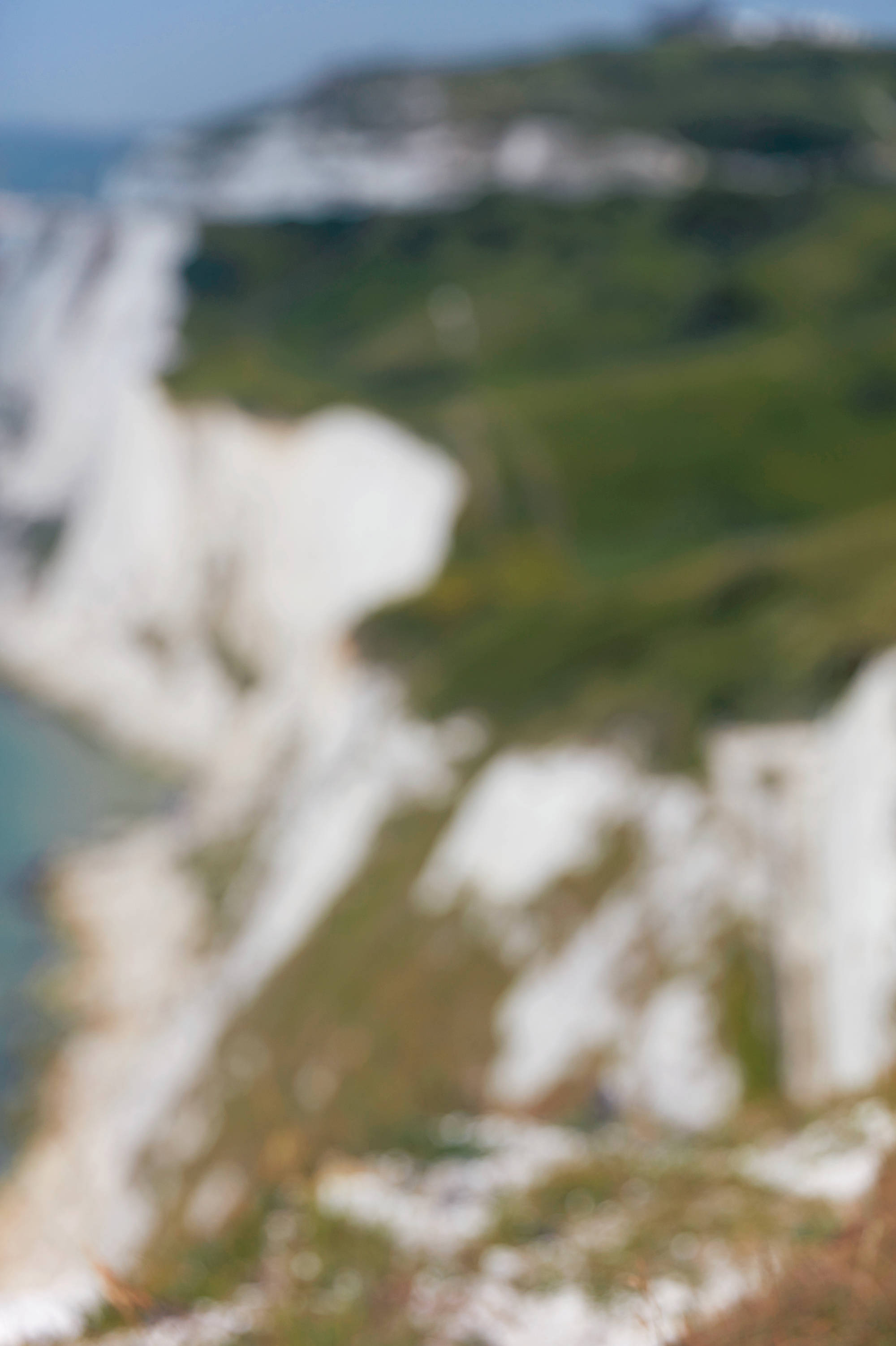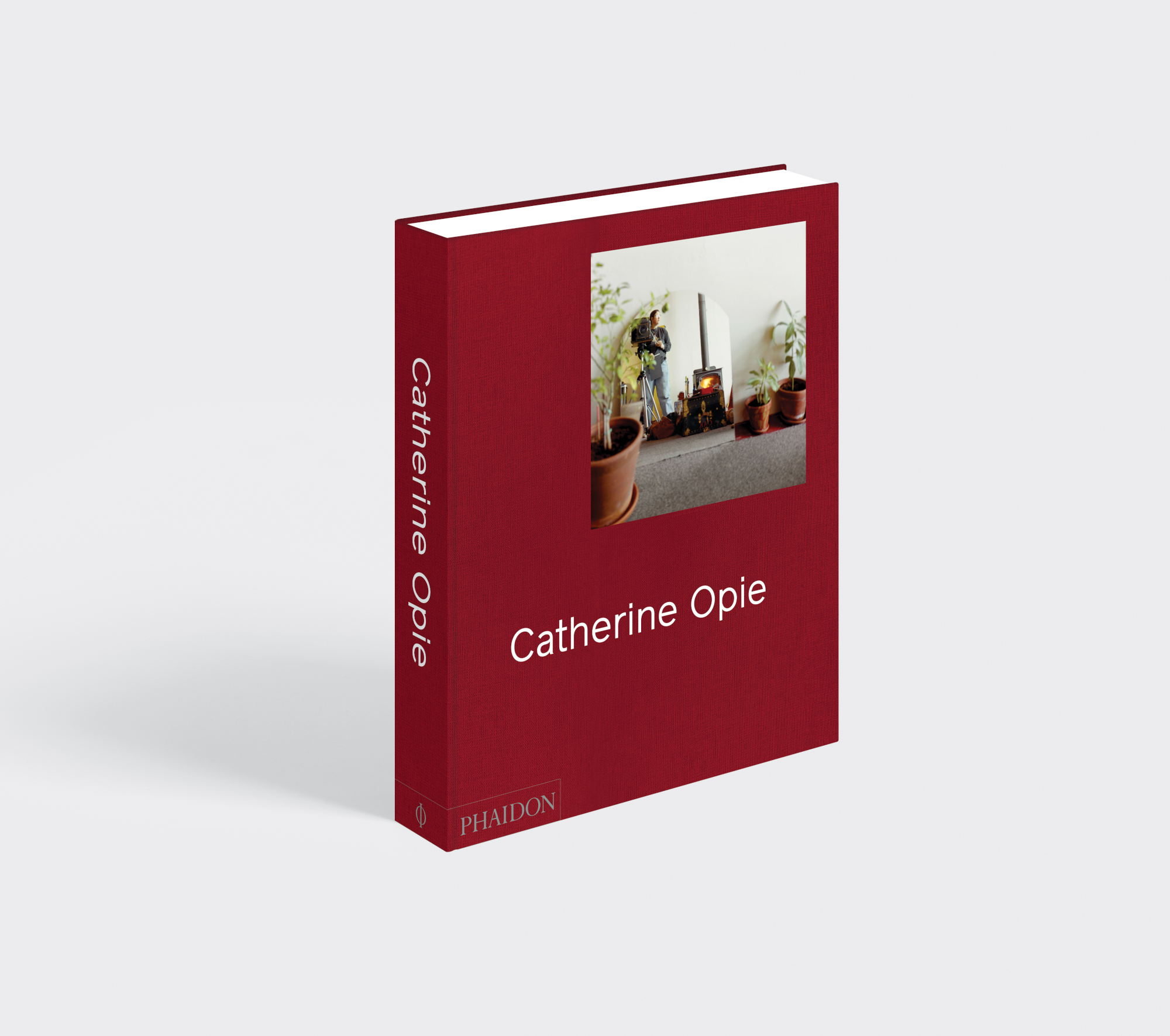
Catherine Opie and Landscape
Discover how and why this fine-art photographer works depictions of the natural world into her varied body of work
What does landscape look like through Catherine Opie’s lens? The American fine art photographer is perhaps better known for her portraits and documentary work, capturing high-school football players, or perhaps the plush interiors at 700 Nimes Road, the LA mansion of the late film star, Elizabeth Taylor.
Nevertheless, the lie of the land also features in her incredible body of work, as featured in our new Catherine Opie book. This title is the long-awaited, first survey of the work of one of America’s foremost contemporary fine art photographers, and presents a compelling visual narrative of Opie's work since the early 1980s, pairing images across these bodies of work to form a full picture of her artistic vision. With more than 300 beautiful illustrations, and made in close collaboration with Opie, the book marks a turning point in the consideration of this artist's work to date.
This new publication features a great many images that could be classed as landscapes. Some, such as depictions of surfers floating in coastal waters, or football players on the field, belong to discrete bodies of work.
However, other images – such as those included in her ongoing Portraits and Landscapes series – are clearly in keeping with a tradition stretching back to the dawn of photography, and before that, into early art history.
“In the landscape portion of her Portraits and Landscapes series, Opie’s images take on an expressionistic and almost painterly quality that suggests, more than depicts, particular locations in the outback: a looming mountain, a monumental waterfall, a desert escarpment, a majestic seaside cliff,” writes the curator Douglas Fogle in our new book. “The sublime isn’t far away. Neither are the traditions of American pictorial photography or the landscape painters of the Hudson River School.”

Some of that sublimation is expressed as a simple blurriness. Landscape images in Opie’s Portraits and Landscapes series are “out of focus to a point approaching abstraction,” says the writer, curator and executive director of the Helen Frankenthaler Foundation, Elizabeth A. T. Smith, in our new book. This, in Smith's view, “heightens the poetic dimension of the series by offering a sense of ambiguity and placelessness that counters the clarity of the sitters’ images.”
Yet a perfectly clear Opie landscape can still introduce a sense of displacement. Consider her undeniably beautiful 2015 series on Yosemite National Park; Opie approaches the kind of material beloved by photographers, with such precision and clarity, that it’s hard not to dwell on why we shouldn’t place these easy-to-love images alongside the artist’s more challenging work depicting, say, BDSM.
Fogle reflects on Opie’s roving eye in his essay, in which he describes the images she takes on her cross-country road trips. “The arc of Opie’s journey has taken her - with a few exceptions - on a trek across the contours of the natural and built elements that compose the American landscape,” he writes. “In a sense, one could say that her camera has sought to discover another America, one defined not by the colonial voraciousness of Manifest Destiny but by an embrace of the specificity and differences of a multitude of places and their inhabitants.

“A mini-mall, a freeway overpass, a frozen lake, a high school football field, a swamp, the mountains, the ocean. What are these places if not the commons or, rather, the collective inheritance of a people united by their differences? The focal length of Opie’s camera respirates between these defining elements of the commons and the ‘intimate immensity’ of personal spaces - domestic interiors, including those of lesbian couples and the artist’s own home and even that of a Hollywood legend like Elizabeth Taylor.
“These places are another kind of commons available to us personally and to our friends, family, and extended communities,” Fogle goes on. “These are the two kinds of places in Opie’s photographic oeuvre, and together they define an America that is prismatic rather than monolithic.”
Opie herself picks up on this theme in our book’s concluding Q&A, with the independent writer and curator, Charlotte Cotton. The artist confesses that, during the making of the book, she had a hankering to ‘wander with my camera’ again. “Part of me is going, ‘Well, what does it mean for me to look at America in that way again at this specific time?’ What does it mean?”
Do you want to gain a little insight into the land as Opie sees it? Then order a copy of our new Catherine Opie book here.
